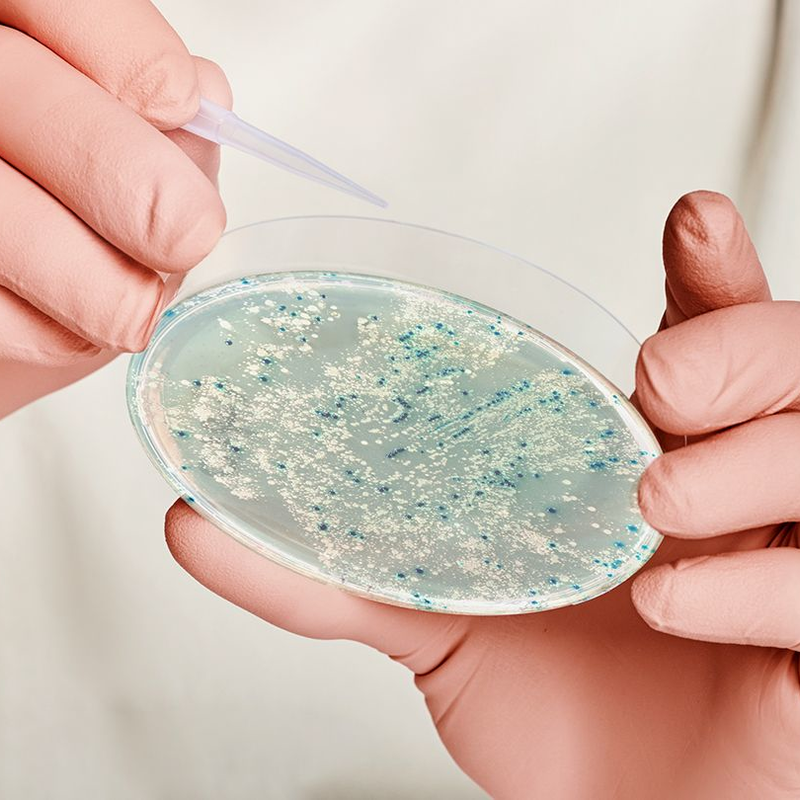Escherichia coli, commonly known as E. coli, poses significant health risks if proper food safety practices are not followed. Understanding the dangers associated with this bacterium and implementing effective prevention strategies can help ensure safe meals for you and your family.
Overview of E. coli Risks
Escherichia coli (E. coli) is a type of bacteria commonly found in the intestines of humans and animals. While most strains are harmless, certain pathogenic strains, such as E. coli O157, can cause severe foodborne illnesses. E. coli infections can lead to symptoms like abdominal cramps, diarrhea (often bloody), and vomiting. In severe cases, they can result in kidney failure or other serious complications.
Importance of Food Safety
Maintaining proper food handling and preparation practices is crucial to prevent E. coli infections. Effective food safety measures can significantly reduce the risk of bacterial contamination and ensure that meals are both safe and enjoyable.
Understanding E. coli Contamination
Sources of Contamination
E. coli contamination in food can originate from several sources:
Symptoms and Health Effects
Symptoms of E. coli infection typically include:
Key Food Safety Tips to Prevent E. coli Infections
Proper Food Handling
Safe Cooking Practices
Food Storage
Washing Produce
Limitations of Traditional Food Safety Methods
Effectiveness
Traditional methods, such as rinsing with water or vinegar, may not fully eliminate E. coli and other pathogens. While they can reduce surface contaminants, they might not address bacteria within crevices or handle all types of contaminants.
Introducing the Milerd Detoxer
Product Overview
The Milerd Detoxer is an advanced food safety tool designed to enhance cleaning processes. It features ultrasonic and oxidative cleaning technologies aimed at removing contaminants more effectively than traditional methods.
How It Works
Technology Used: The Milerd Detoxer employs dual-action cleaning methods:
Effectiveness
The Milerd Detoxer has been shown to significantly reduce E. coli and other harmful microorganisms from food surfaces. It also helps in removing pesticide residues and molds, offering a higher level of purification.
Comparing the Milerd Detoxer with Traditional Methods
Effectiveness in Bacterial Removal
Compared to traditional washing methods, the Milerd Detoxer provides a more thorough removal of E. coli and other contaminants. Its advanced technology ensures better purification and safety.
Nutrient Preservation
While enhancing safety, the Milerd Detoxer maintains the nutritional quality of food, unlike some traditional methods that might affect the texture or nutritional content of produce.
Convenience and Usability
The Milerd Detoxer is user-friendly, featuring an intuitive touchscreen and portable design. It integrates easily into daily food preparation routines, providing added convenience and efficiency.
Consumer Benefits
Health Assurance
Using the Milerd food detoxifier provides added confidence in reducing the risk of E. coli infections and other foodborne illnesses, ensuring safer meals for you and your family.
Peace of Mind
Consumers can enjoy peace of mind knowing that they are employing an advanced tool for food safety, which addresses the limitations of traditional methods.
Sustainability
The Milerd Detoxer represents an environmentally friendly approach to food safety, reducing the need for chemical cleaners and offering a sustainable solution for maintaining food hygiene.
Summary of Best Practices
To prevent E. coli infections, adhere to proper food handling, safe cooking practices, appropriate food storage, and thorough washing of produce.
Safeguard Your Meals with Cutting-Edge Solutions!
Empower your kitchen with the Milerd Detoxer, elevating your food safety practices to ensure that every meal is safe, nutritious, and free from E. coli. Make the smart choice for your family’s health today!



Hinterlasse einen Kommentar
Diese Website ist durch hCaptcha geschützt und es gelten die allgemeinen Geschäftsbedingungen und Datenschutzbestimmungen von hCaptcha.